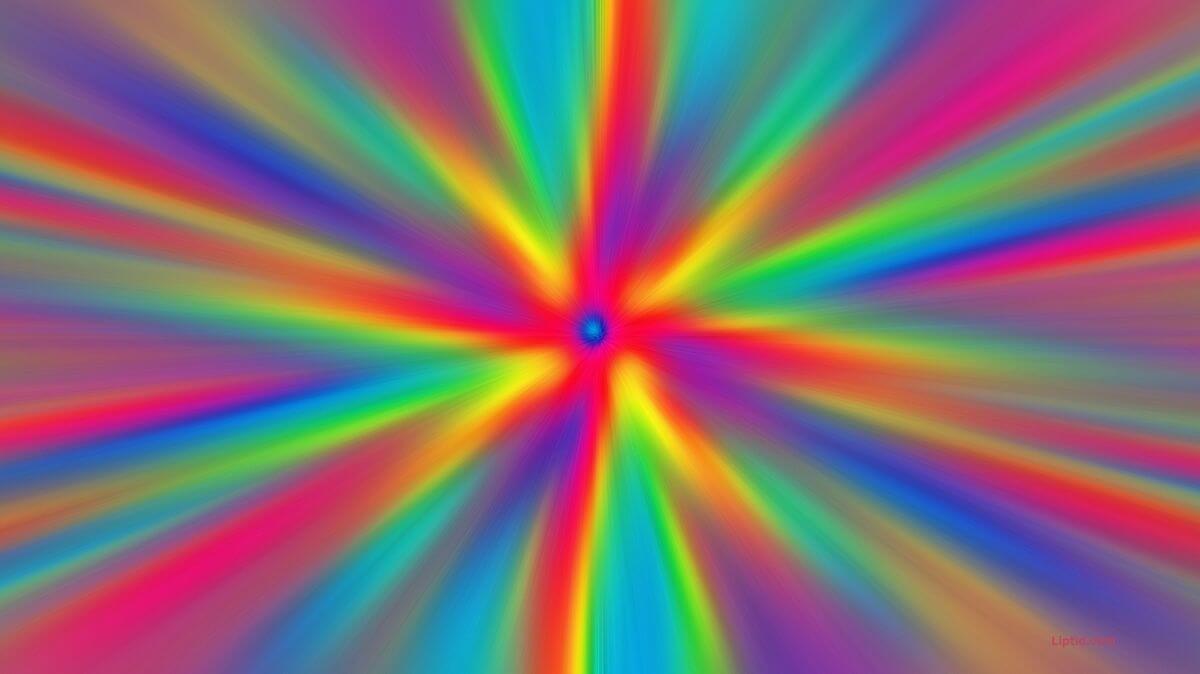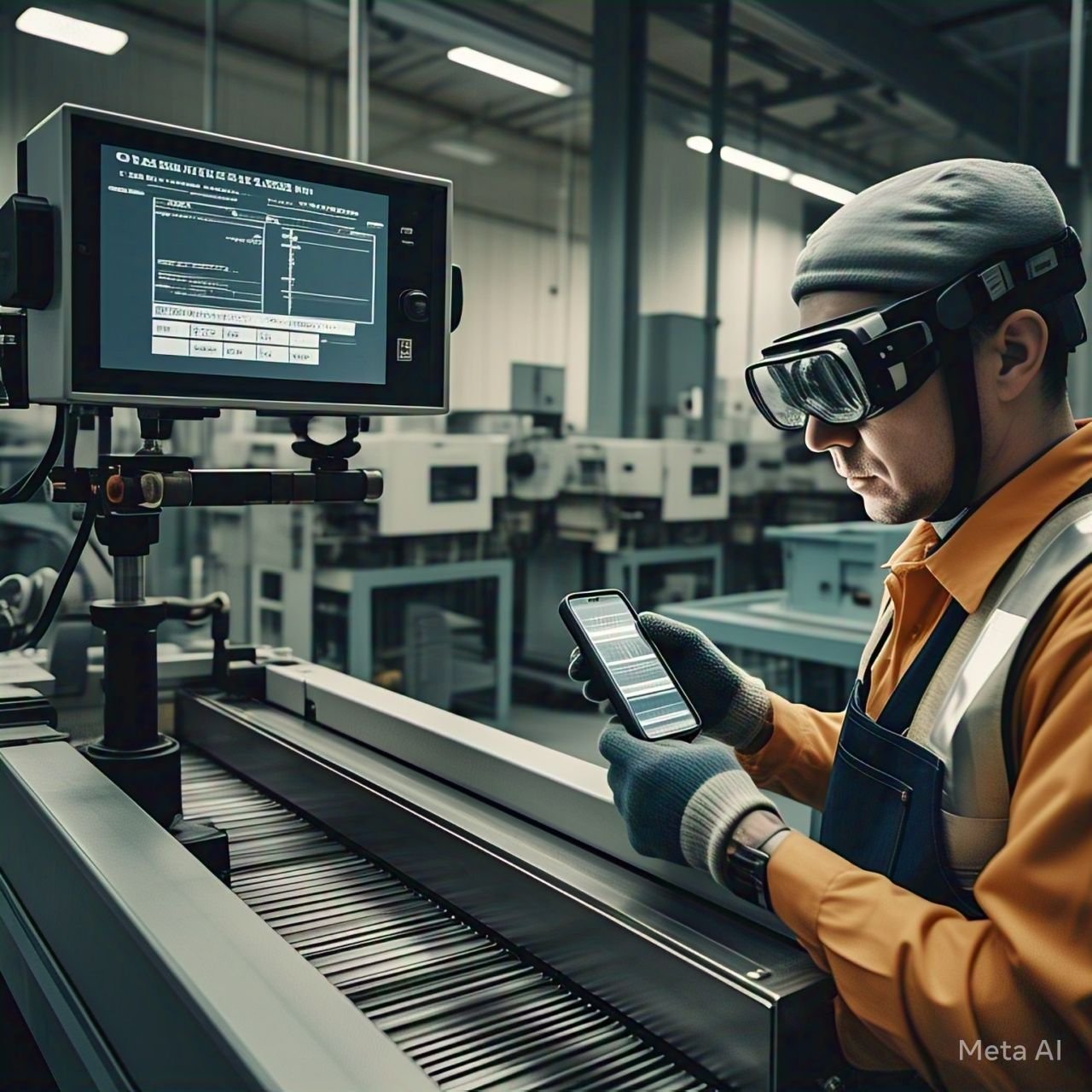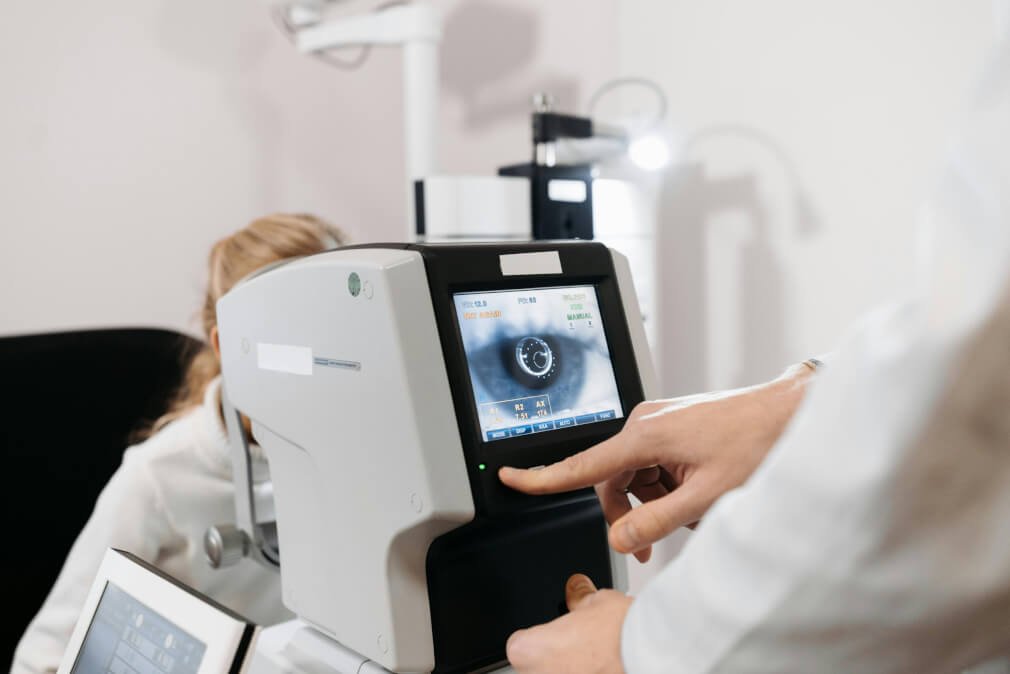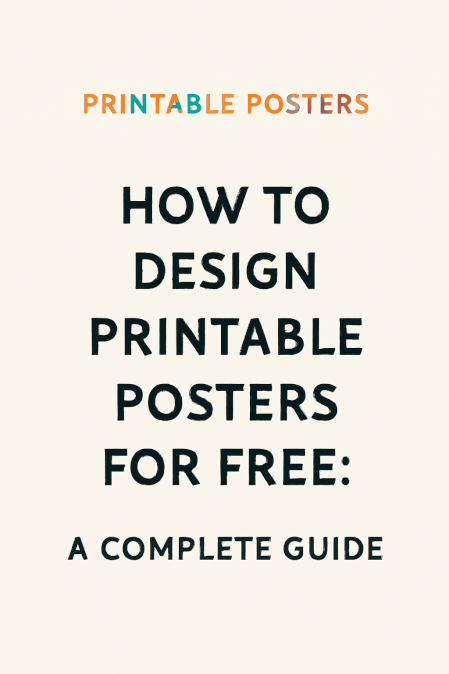In the fast-paced world of medical technology, innovation is key. One such groundbreaking development making waves is HistoBlur. This cutting-edge tool promises to transform the landscape of whole slide image analysis, enhancing how pathologists and researchers interpret complex data. With its ability to streamline processes and improve accuracy, HistoBlur stands as a beacon of hope for faster diagnoses and better patient outcomes. Curious about what makes this technology so special? Let’s dive into the fascinating world of HistoBlur and uncover its secrets!
What is HistoBlur?
HistoBlur is an innovative software designed for the analysis of whole slide images in pathology. This tool leverages advanced algorithms to enhance image quality and facilitate detailed examination.
At its core, HistoBlur uses machine learning techniques to automatically identify and classify various tissue types. It helps pathologists by highlighting significant features within complex slides that might otherwise go unnoticed.
The platform is user-friendly, allowing medical professionals to navigate through large datasets seamlessly. With a few clicks, users can zoom in on critical areas or analyze entire sections with ease.
By automating many aspects of slide evaluation, HistoBlur saves valuable time while ensuring accuracy in diagnoses. This technology represents a shift towards more efficient workflows in laboratories and hospitals alike.
How HistoBlur Works: The Technology Behind It
HistoBlur harnesses cutting-edge artificial intelligence to analyze whole slide images with remarkable precision. It leverages advanced algorithms that mimic the human eye, detecting subtle patterns in tissue samples. This allows for faster and more accurate diagnostics.
The technology is built on deep learning models trained using thousands of annotated slides. These models continuously learn from new data, refining their ability to distinguish between normal and abnormal cell structures.
Additionally, HistoBlur employs image processing techniques that enhance clarity and detail. By optimizing color contrast and resolution, it ensures critical features are easily identifiable.
Integration with existing laboratory systems streamlines workflows. Pathologists can access results quickly without compromising accuracy or quality. The seamless interface encourages user adoption across various medical settings, making it a transformative tool in pathology practice.
Advantages of HistoBlur over Traditional Methods
HistoBlur introduces significant advantages over traditional whole slide image analysis methods. Its advanced algorithms enhance accuracy, allowing for precise identification of cellular structures and abnormalities.
Speed is another key benefit. Conventional techniques often require lengthy manual review periods. HistoBlur streamlines this process, providing rapid results without compromising quality.
User-friendliness stands out as well. While older systems can be complex and challenging to navigate, HistoBlur offers an intuitive interface that simplifies workflow for pathologists.
Additionally, it supports collaboration across medical teams. Multiple users can access and analyze the same slides simultaneously from different locations, promoting a more integrated approach to diagnostics.
HistoBlur’s ability to learn from vast datasets improves its performance over time. Traditional methods lack this adaptive learning capability, making HistoBlur a forward-thinking choice in pathology analysis.
Also Read: Rurallegendsllc: Bridging Generations with Tradition and Innovation
Real-life Applications of HistoBlur
HistoBlur is making significant strides in various medical fields. Pathologists now leverage its capabilities for faster and more accurate diagnoses. By analyzing whole slide images, it enhances the identification of diseases like cancer.
Educational institutions benefit from HistoBlur too. Students and residents use this technology to study pathology slides with greater precision, improving their learning experiences.
Research laboratories are also tapping into HistoBlur’s potential. It aids researchers in quantifying cellular features that were previously labor-intensive to analyze manually.
Telepathology has found a reliable ally in HistoBlur as well. Remote consultations become seamless, allowing experts across the globe to collaborate effectively on complex cases without geographical barriers.
Veterinary medicine isn’t left behind either. Animal pathologists utilize HistoBlur for diagnostic purposes, ensuring pets receive timely care based on precise evaluations of tissue samples.
Future Possibilities and Impact on the Medical Industry
The future of HistoBlur holds immense potential for the medical industry. As technology advances, we can expect even more refined algorithms that enhance diagnostic accuracy.
Imagine a world where artificial intelligence assists pathologists in real-time. This could significantly reduce human error and improve patient outcomes.
Integration with telemedicine platforms is another exciting prospect. Pathologists could collaborate effortlessly across geographical barriers, sharing insights instantly.
Additionally, HistoBlur’s capabilities may expand beyond pathology to other fields like oncology and personalized medicine. This would allow for tailored treatment plans based on precise analysis of histological data.
As research evolves, continuous learning systems powered by HistoBlur might emerge. These systems will adapt over time, leading to smarter diagnostics and innovative treatment protocols.
Such advancements promise not only efficiency but also cost reductions in healthcare delivery globally. The ripple effects of these changes are sure to reshape how medical professionals approach diagnosis and care.
Conclusion
HistoBlur represents a significant leap forward in the field of whole slide image analysis. By harnessing cutting-edge technology, it streamlines processes that were once cumbersome and time-consuming. Its advantages over traditional methods cannot be overlooked—enhanced accuracy, speed, and efficiency stand at the forefront.
The real-life applications of HistoBlur point toward a future where diagnostic procedures are faster and more reliable. As medical professionals adopt this innovative tool, they can expect improved patient outcomes through quicker diagnoses and tailored treatment plans.
Looking ahead, the impact of HistoBlur on the medical industry is truly promising. It opens doors to further advancements in digital pathology, potentially transforming how pathologists analyze samples worldwide. With continuous innovation on the horizon within this space, one cannot help but feel optimistic about what lies ahead for HistoBlur—and for healthcare as a whole.













